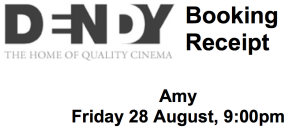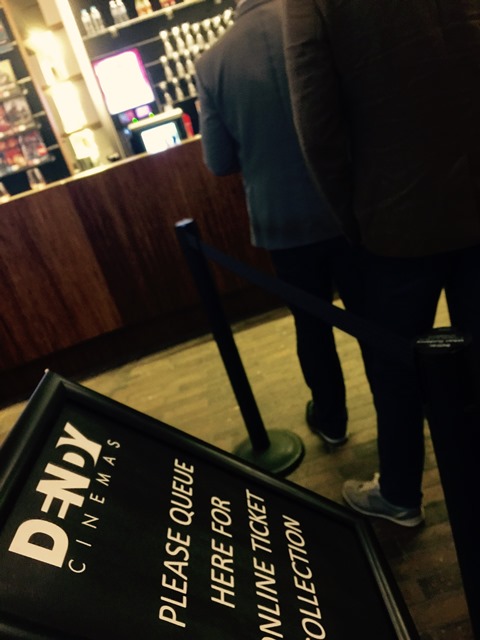Historically, sociology research has been undertaken predominantly by middle-to-upper class white men, resulting in findings impacted by their privileged social position and bias.
Research topics have focused mainly on men and boys, participants have been mostly male and despite this, research findings have been universally applied to the population as a whole rather than just to males, leading to very little real understanding of womens’ lives and experiences. Womens’ issues haven’t been seen as important or worthy enough of investigating. Mainstream research has been weighted in the use of empirical data to seek answers, however quantitative data alone is not enough to give depth and insight into the ‘how’ and ‘why’ of peoples’ lives. Mainstream research has even been given the nickname ‘malestream’ by feminist researchers, who have criticised its male bias and reliance on empirical data to only tell half the story. This focus on males in research has conditioned society to think that men are the only legitimate producers and keepers of knowledge, silenced women from sharing or understanding their lived experiences and is actively used to justify societal belief that women are inferior.
Feminist research was born of the rise of feminism and its aim of disrupting the systematic oppression of women. Feminist epistemology sought to understand how gender impacts on knowledge and challenge dominant ‘ways of knowing’, supported by the feminist standpoint theory of representing the world from womens’ social perspective. Female researchers began working in this traditionally male-dominated field, driven by a need to address the gap in understanding we have about womens’ lives, bring their voices to the fore and facilitate transformational social change. Hesse-Biber (2010) contends that feminist research “probes questions of power, difference, silence, and oppression, with the goal of moving toward a more just society for women and other oppressed groups”.
Challenging a status quo that serves only male interests hasn’t been an easy undertaking, with feminist researchers experiencing push-back from male academics who aren’t interested in taking feminist research seriously. This isn’t an issue confined to the sociology world – we’ve seen countless examples in media and pop culture of women experiencing misogyny when they’ve moved into traditionally male-dominated arenas like politics or hip-hop. Remember that time Julia Gillard – a WOMAN – was the Australian Prime Minister? She was subjected to public hate campaigns targeting her gender in a way that male politicians would never be faced with.
Feminist researchers rely on qualitative approaches to research design, often employing a mixed methods approach to gain a holistic, in-depth understanding of womens’ lived experiences. They work from a feminist standpoint, making womens’ issues the foundational focus from which to undertake their research. And since it’s women they’re seeking to learn more about, they actually use female participants!
Hesse-Biber (2010) examined several case studies where this mixed methods approach was used. It gave researchers a number of different ways of understanding gender roles in varying cultural contexts, by giving equal positioning to the findings of each method instead of relying on triangulated findings – another criticism of mainstream research. One example of this was Andrea Nightingale’s study of community forestry usage in Nepal, specifically with regard to the lived experience of women. Using qualitative techniques like oral histories, participant observation and in-depth interviewing, as well as quantitative ones like aerial photo interpretation and vegetation inventory, Nightingale was able to expose subjugated knowledge about land use and give previously-silenced women a voice. Her work revealed the vital role women played in forest usage, as well as the ways that forest management practices perpetuated gender inequality. The case studies overall showed the value and importance of feminist approaches to mixed methods because they give women a voice to talk about their lives, empower women and promote social transformation.
References
Hesse-Biber, S.N. 2010, Feminist Approaches to Mixed Methods, Mixed Methods Research: Merging theory with practice, The Guilford Press, New York, pp. 128-152
Abbott, P., Wallace, C. & Tyler, M. 2005, An Introduction to Sociology: Feminist Perspectives, Routledge, New York, London pp. 1-15










